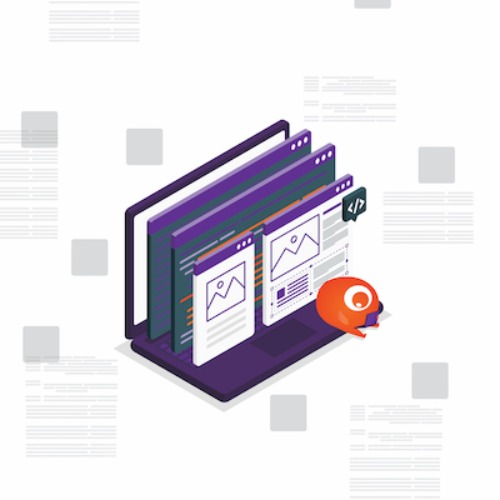Using Technical SEO to Improve E-commerce
December 8, 2017 by Paul Byrne

If you work in digital marketing, web analytics, or don’t live under a rock, you know about SEO. It seems like everyone is obsessed about this web tool that provides the chance for websites to shine. Traditional search engine optimization primarily focuses on the content, inbound and outbound links. Technical SEO pertains more to how the site is crawled. To master this SEO strategically, there needs to be continuous maintenance on all the elements that the website contains.The easiest way to understand technical SEO, is to look at it like the foundation, or the center piece. Without a strong foundation, the other components cannot be fully optimized for crawling. With search engines gaining more complexity, there are specific rules that a site must follow to be crawled. To establish the solid foundation of a site, there are key elements that must be in place:
1. Site Architecture
Determining the flow of the website should be at the top of the priority list when designing a site. The journey the user takes on the site is important for on-page SEO, but it is especially important for technical SEO. Spiders have to be able to crawl the site in a way that makes sense to the search engine. There are many other factors that go into the crawling capabilities of the site. Since the rules are constantly changing in regards to Google’s search requirements, it can be tricky to follow. To help the site’s opportunity to thrive in search engines, content is the number one priority.
Some tools to check the efficiency of a site’s technical SEO are:
- Google Search Console
- Mobile-Friendly Test
- Structured Data Testing Tool
- Use a short, effective URL title
2. Bread Crumbs
Leaving these trails of text shows where the user is on the site, like a path. It should lead them to the pages you want them to navigate to. When on a product page, the breadcrumbs display the steps that the user took from the homepage to the current one. Integrating site-links to appear in Google search can allow users to jump to a specific page on your site, versus going to the homepage first, and then trying to find out where to go. By allowing users to minimize clicks, this looks better to bots crawling the site.
3. Rich Snippets
Rich snippets contain extra tidbits of information at the end of the url tags when displayed in a search engine. To get an idea of what this looks like, imagine the extra little details at the end or below the URL address in a search engine. This essential component of the structured data markup is not to be confused with “rich cards.” The rich cards only pertain to mobile search results and recipes, which are displayed at the top of the page. Rich snippets don’t exactly assist in search rankings, but they aide in the indexing of the website.
4. Chat Bots
These AI enabled elements on the site can provide support for visitors 24/7, push content and an engaging experience. By implementing this strategy, it can improve the technical SEO and act as a customer service representative. While about 40% of millennials interact with bots consistently, the preference in dealing with order details and problems lies with real humans. The main concern here is to not become intrusive, causing users to leave the site. Another piece of this, is to create a well-developed chat bot, but also simple enough to maintain SEO standards. The more complex a feature is, doesn’t help improve SEO.
Explore with AI:
These links open AI platforms with pre-written prompts about this page.


